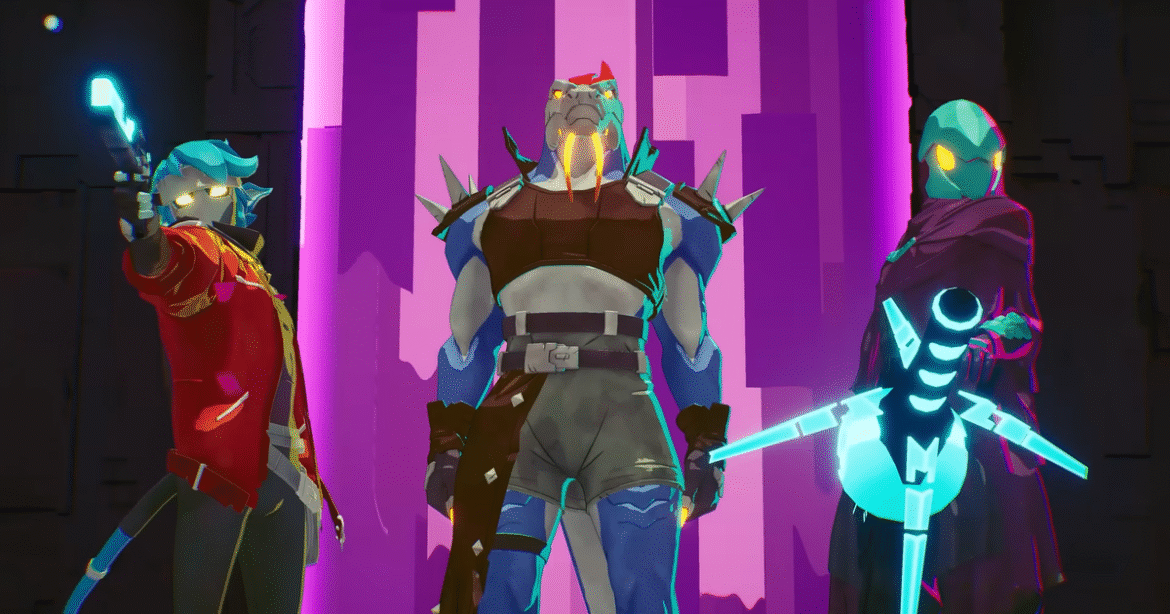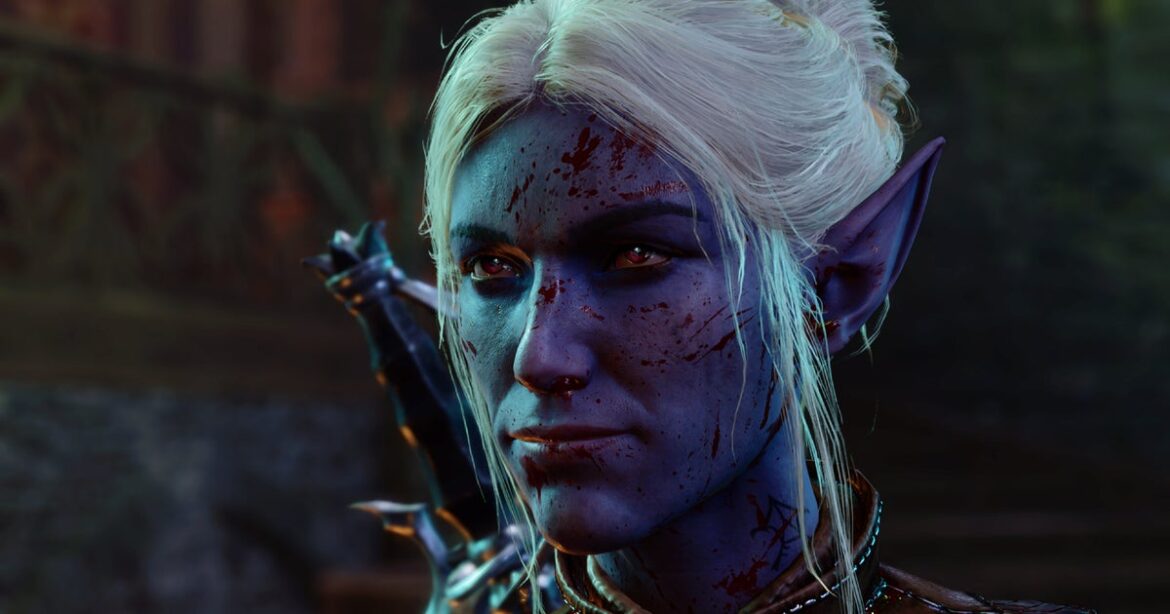Heart Machine has ended development on Hyper Light Breaker and is laying off a number of staff as a result.
The roguelike released into early access at the start of the year but has been met by a mixed reaction. It followed the successful Hyper Light Drifter and studio follow-up Solar Ash.
Heart Machine confirmed the news to Game Developer, but has not confirmed how many employees have been laid off.
Hyper Light Breaker | Double Down Update TrailerWatch on YouTube
“As we wrap up our work on Hyper Light Breaker, we’ve had to make the difficult decision to part ways with a number of talented team members. This was not our ideal path, but rather the only one available given the circumstances,” reads a statement from the studio.
“While this path will include a conclusion on the project, it reflects broader forces beyond our control, including shifts in funding, corporate consolidation and the uncertain environment many small studios like us are navigating today.”
The studio previously laid off staff in November last year, but stated at the time “a strong and timely launch will rekindle opportunities for those affected as we look to evolve and grow [Hyper Light Breaker] throughout Early Access”. It seems the game’s poor reception has not allowed the studio to follow through.
“Hyper Light Breaker is really, really punishing,” said Christian Donlan on Hyper Light Breaker for Eurogamer. “It’s punishing in a way that I understand, because it’s probably balanced for multiplayer and because this is probably a small team who can’t endlessly feed new stuff into the procedural maw, and so they need players to take their time with what’s there. But it makes for an uninviting introduction if you’re a fan of the series and you love these games for their lonely beauty.”
Heart Machine’s next game is still on the way – that’s the cyberpunk-themed metroidvania Possessor(s). It’s due out next month on PS5 and PC.










